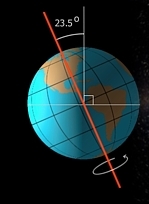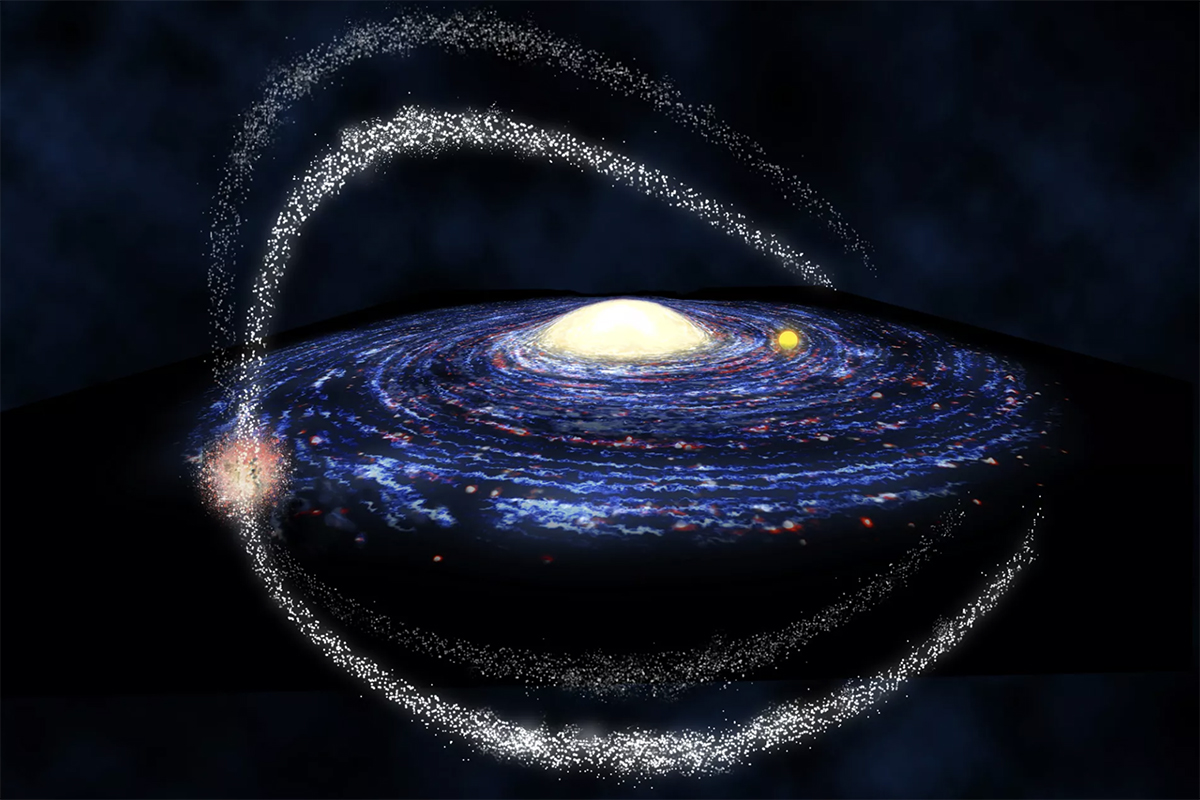And how do we know that we are originally from the Milky Way?

The map of the Milky Way.
Despite the astonishing coincidence that shows the Sun very close to the intersection of stars «vialacteanas" and "sagittarians"It has been proven that the movement of the Sun actually describes an orbit that is in the plane of the Milky Way, obeying the movement of the rest of the stars. vialacteanas, instead of moving at the steep angle described by the stars coming from SagDEG.
Stellar chemical composition.
Studies in relation to SagDEG have shown a very low amount of iron in its stars, unlike the stars of the Milky Way, which rather distribute a greater or lesser amount of iron evenly. Because the Sun has an average amount of this metal, statistically our star has chemical properties that make it a typical and common prototype of the Milky Way, instead of an exotic and very rare specimen for SagDEG.
So why do we see the Milky Way tilted?
There is no "great mystery" about this point, as the fake news versions have tried to instill. We see the Milky Way tilted for two main reasons: 1) Because the Earth's axis of rotation is inclined at about 23° 1/2 with respect to the ecliptic, and 2) Because the plan of the Solar System (That is, the imaginary plane through which planets, satellites and other objects move around our star.) in turn, it is inclined about ~60° with respect to the plane of the Milky Way. This last fact is not of major scientific interest, since this inclination is rather related to the processes that occurred during the formation of our star from a cloud of dust and gas; Meanwhile, the reason for the inclination of the Earth's axis is unknown, but it is thought that a strong impact with another object could have caused it, during the beginnings of the Solar System.
 |
 |


